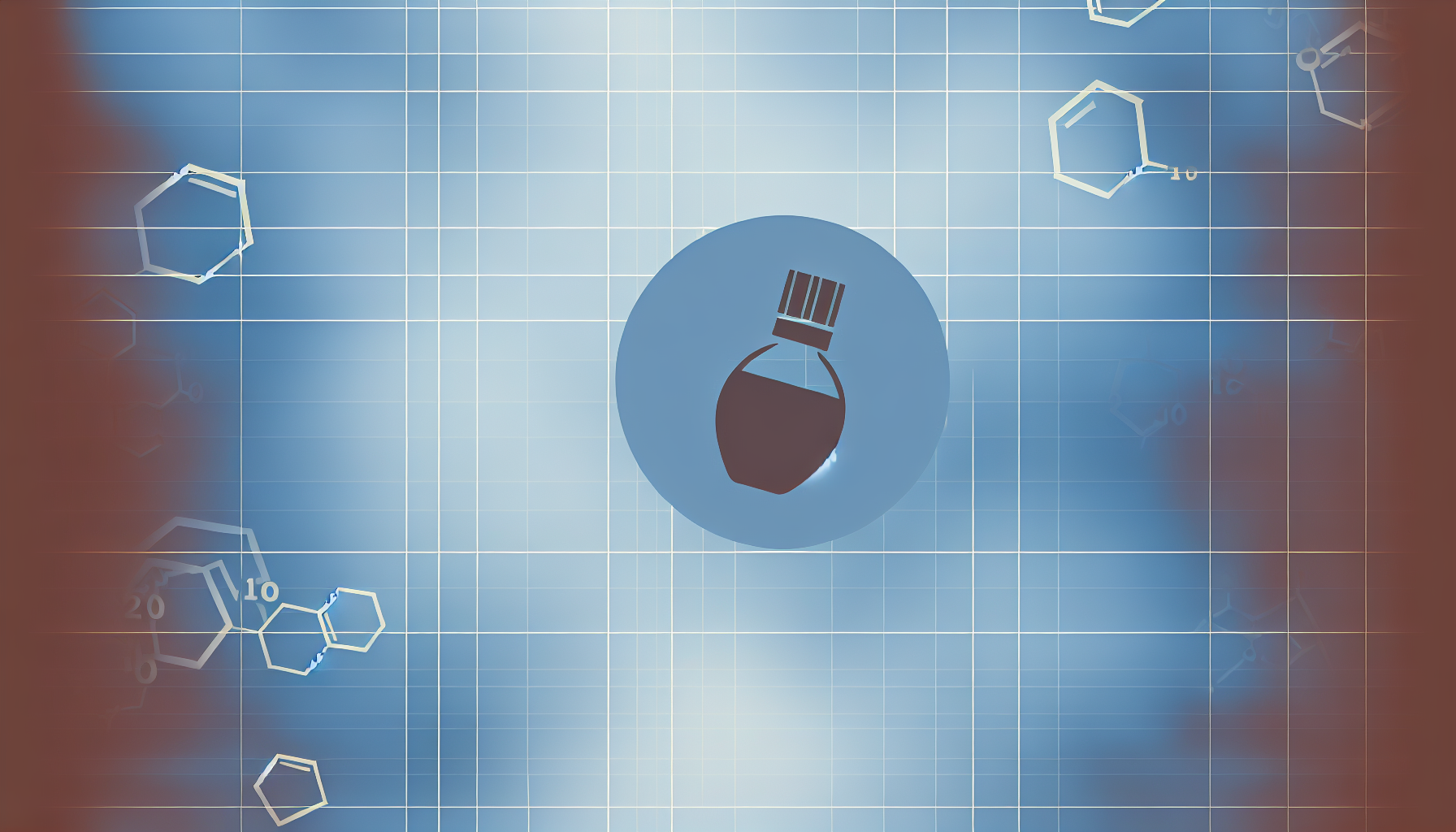Pipettes are tools used to transfer small amounts of liquid from one container to another. They are commonly used in laboratories to measure, mix and transfer chemicals and samples. There are many different types of pipettes available, each with its own advantages and disadvantages.
At Kalstein we have a special line of different types of pipettes for various laboratory applications. They also provide a basis for the user to enjoy an organized workplace with our pipette rotating support. It is fixed to the support by the handle, not by the cone, which rules out possible cross contamination from the support to the pipettes.
As we have our production facilities, we can maintain the highest standards in the selection and processing of plastic materials. Choose the correct pipette for your application and be sure to follow the manufacturer’s instructions for use and care.
Pipette lessons
Pipettes are an essential tool in many laboratory applications. There are many different types available, each with its own advantages. A pipette is a small tube, often made of plastic, that is used to measure and transfer small amounts of fluid. They are commonly used in chemistry and biology laboratories to measure and transfer small volumes of fluids, such as DNA samples or reagents.
The most common type of pipette is the graduated pipette. These have a number of marks on the side of the tube that allow the user to accurately measure the volume of liquid being transferred. They are available in a variety of sizes, from 1 ml to 50 ml.
Another common type of pipette is the volumetric pipette. These have a light bulb at the top that is used to remove the liquid in the tube. The fluid volume in the tube is then measured using a calibrated scale. They are available in sizes from 5 ml to 100 ml.
Micropipettes are specialized pipettes used to transfer very small amounts of liquid, from 0.1 µL to 10 µL. They are often used in medical and scientific research applications.
Mode of Use
Pipettes come in various sizes and shapes, but all have a small opening at one end and a larger opening at the other. Most are designed for one-handed use, although some larger, graduated hands require two hands to operate. To use a pipette, you must first select the size and type of pipette that is appropriate to your needs.
The user then places the pipette in a container, such as a test tube, and releases the liquid. They are extremely accurate and allow for very accurate measurements. They are also relatively easy to use, making them a popular choice for many lab applications.
Pipettes come in two main types: glass and plastic. Glass are more fragile than plastic, but they are more precise. Pipettes are less accurate but less likely to break.
Most pipettes are disposable and made of plastic. However, some glass pipettes can be reused. They are an essential team in many scientific laboratories. They are often used in experiments with chemicals or very small samples.
Kalstein pipettes
With the use of our line of Pipettes belonging to the YR series, our customers will be able to use them with total confidence, thanks to their precision, form of increase, chemical resistance and sterilization at 121 ° C, handling and transfers of liquid samples, will be easier and safer. To learn more about our catalog HERE We have the best advice, so that your purchase is the ideal and at excellent prices. Take a look at HERE




